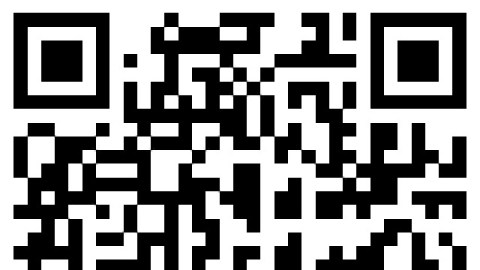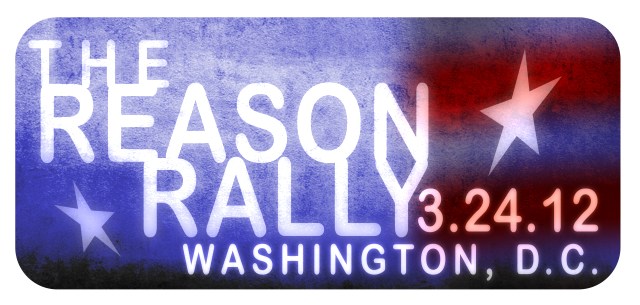Can QR Codes Be the Next Pop Art Meme?

Andy Warhol had his Campbell’s Soup Cans and Roy Lichtenstein had his comic book panels, but what will be the Pop artmeme of today? One possible candidate is the ubiquitous QR code, the “quick response” code of black and white symbols once reserved for industrial purposes but now found in advertising and packaging seemingly everywhere (probably unnecessary example shown above). As reported by An Xiao on Hyperallergic.com, QR code art has made its way into the galleries—the first step towards making its way into the marketplace and, perhaps someday, the museums. Is this two-dimensional barcode the future symbol of our era?
The Hyperallergic.com post points to Kyle Trowbridge’s exhibition at Dorsch Gallery in Miami, Florida, perhaps another piece of evidence that Miami could be the next art mecca. An Xiao rightfully points out that many of Trowbridge’s multicolored takes on the QR code resemble Mondrian rechanneled for the 21st century. Trowbridge’s qr.2422312.png in particular comes across as Broadway Boogie-Woogie at rush hour. The author also links to a separate post featuring a QR_Stenciler that allows you to turn a standard QR code into a PDF you can then change before cutting it as a stencil. How long before Banksy (and/or faux Banksies) gets a hold of this idea?
An Xiao also links to an exhibition late last year in which Ray Sweeten and Lisa Gwilliam (known collectively as DataSpaceTime) presented at Microscope Gallery in Brooklyn a series of portraits composed entirely of colored QR codes that lead to YouTube videos. Their image gallery (available here) features international figures Julian Assange, Muammar Qaddafi, and Hosni Mubarak as well as American politicians Michele Bachmann, Rick Santorum, and Mitt Romney. While Trowbridge brought Mondrian’s abstract paintings to mind, DataSpaceTime brings Chuck Close’s massive portraits made up of tiny abstract panels to mind. Close himself has suggested that the inspiration for (and driving need to make) those portraits is his prosopagnosia or “face blindness,” in which he is unable to remember and recognize faces unless the face is heavily reinforced in his memory. By making close to Close portraits from quick recognition codes, DataSpaceTime may have unintentionally hit on the original impetus behind the idea.
Warhol claimed that his picked Campbell’s Soup Cans because he had soup for lunch every day. Similarly, Lichtenstein grew up with comics like every other American youth of his time. As T.S. Eliot’s Prufrock measured out his life in “coffee spoons,” perhaps we’ll measure out our lives in QR codes—reducing every scrap of meaning to a shorthand set of symbols we’re dependant on technology to decipher. QR codes probably don’t belong on billboards, but they may end up being the artistic sign of our times.




